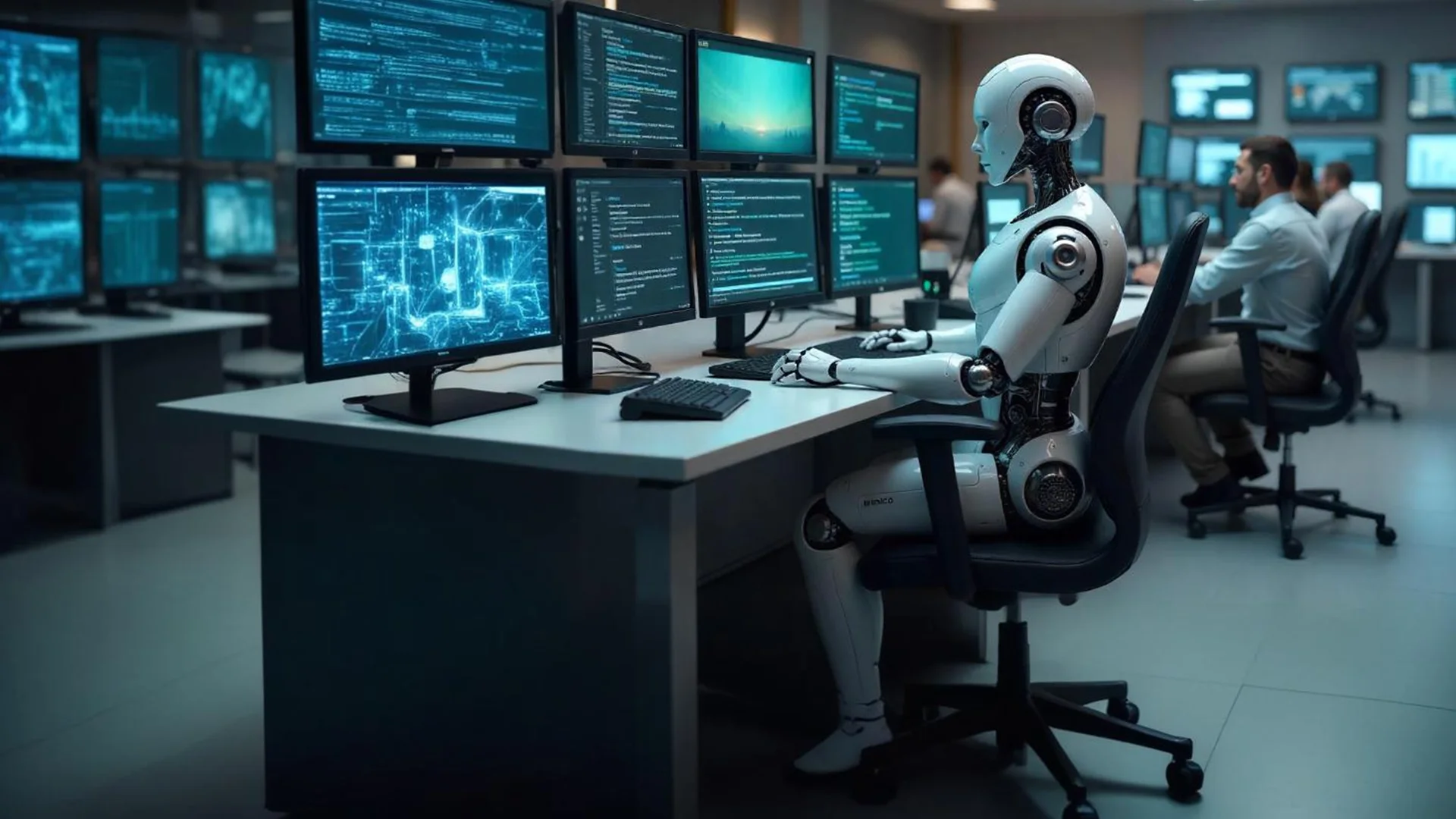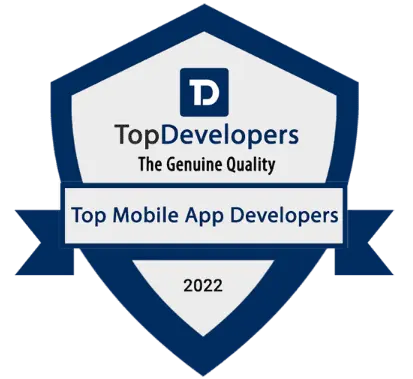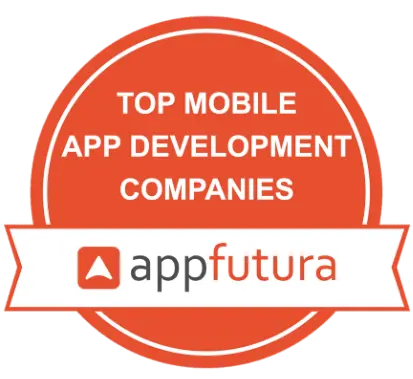Content creation is said to be taking centre stage in marketing strategies in 2025. Whether it’s short-form videos or long-form, they are increasing the traffic for B2B to B2C companies.
So, if you’ve been thinking about how to build an AI video generator like InVideo AI, you are in the right place. Because it’s not easy to do complex code, or use open-source tools that can give you a head start?
To build a successful AI video generator like InVideo AI, you need to understand the crucial steps that could turn your simple idea into a scalable product.
So, before we get into the nitty-gritty of the development of the InVideo AI alternative. Check the facts: 89% of businesses use video as a marketing tool, and 95% of video marketers see video as an important part of their overall marketing strategy.
This means the demand for AI video generators is at an all-time high, and the percentage will only increase in the future. So, if you build an AI video generator like InVideo AI today, be prepared to have an advantage tomorrow.
Let’s start by understanding what an AI video generator is; later, we’ll dive into the features, AI video generator development process, and discuss its cost factor.
What Is an AI Video Generator?
Simply, an AI video generator is an artificial intelligence that converts text, images, or ideas into video content without the need for any filming equipment.
All you have to do is just give proper instructions to the AI generator, and within seconds, you’ll get video content. However, these platforms are versatile in nature.
If you didn’t like any part of the video, for example, a scene, voiceover, or animation, you can edit and change it according to your preferences.
Like InVideo AI, you type a prompt, create a 60-second explainer for the fitness app. In seconds, it will create scenes with music, place captions, and sync them all together.
However, some video editing tools also allow you to create polished video content by uploading a document or script. Now, you don’t have to juggle multiple editing tools; on a single platform, you can build a video with minimal effort.
Its core capabilities are:
| Core Capability | Description |
|---|---|
| Text-to-Video Creation | Converts written scripts or prompts into videos automatically. |
| Voiceover Capabilities | Capable of producing AI-driven voiceovers in multiple languages and tones. |
| Video Editing Tools | Offers trimming, transitions, templates, and drag-and-drop editing. |
| AI-Powered Features | Improves video creation through intelligent scene creation, captions, and suggestions. |
| Multiple Format Support | Support videos in different formats (MP4, MOV, vertical, horizontal, etc.) on different platforms. |
| Analytics & Insights | You can track engagement and performance data to optimize your video content. |
Not only marketers, but you’ll also find creators, educators, startups, and even small local businesses accessing them. It can be a social advertisement, a product demonstration, or a training video, but the result is ready to be posted in record time.
Now, if you are planning to create an AI video generator like InVideo AI, you need to understand how it works to create a successful one for you.
How does an AI Video Generator work?
So, why do you need to understand how it works in the first place?
It goes without saying that generative AI is a new technology, in which many want to invest but have confusion and curiosity about how it actually works.
When you use an AI video generator, you add a script, and AI avatars become your narrators, eliminating the need for human actors. The words in your scripts are what your AI avatar’s lip movements represent, and different technologies are behind it.
If we talk on a deeper level, there are major tech components behind it, which are:
1. NLP
To understand users’ scripts, NLP plays a major role. It’s a field of AI that focuses on the interactions between computers and human language.
AI video generators are trained on a large amount of data so that they understand human input and align it with the visual concepts.
In layman’s terms, NLP makes sure that the video created is aligned with the desired context and message.
2. TTS
TTS is Text-to-Speech, which is a subset of NLP. It helps AI to create a voice for the video narrator, which means it converts the text into natural-sounding speech.
With advancements in voice cloning and multilingual synthesis, using complex models to produce a voice that includes human-like intonation, pacing, and emotion.
3. Neural networks
Neural networks are the major components of different AI applications. They are computational models that are designed to solve complex problems and identify patterns.
A type of neural network architecture, such as Generative Adversarial Networks, is quite effective in producing high-fidelity images and videos, representing their necessity for video generation. In AI video generators, they are responsible for:
3D modeling
3D modeling plays a major role in AI video generators, allowing the creation of lifelike characters, avatars, and objects.
Moreover, 3D modeling also paves the way for interactive video content, so that the users can interact with the object in the video environment, such as training, 3D gaming, and AR/VR experiences.
Computer Vision
Computer vision is another field of AI that helps computers to see and interpret data, just as the human eye and brain do. It lets the AI recognize the objects and scenes, and even the movements.
Why invest in AI Video Generators Like InVideo AI?
Now you understand the technologies behind AI video generators like InVideo AI. The next question is why you need to consider building an InVideo AI alternative.
We all know the answer lies in the growing demand for the long and short forms of video. From Instagram to TikTok reels, users are hooked on the addictive content.
Moreover, to businesses, that is an opportunity and a headache. You require new videos all the time, and the conventional method of creating them consumes time, money, and resources. That is where an AI video generator comes in.
1. Filling the Gap in the Expanding Market
So why do you need to consider the alternative of InVideo AI?
The demand for AI apps for generating video is at an all-time high, and almost all businesses, both B2B to B2C, are shifting to video marketing due to technological adaptation and competitiveness.
Currently, solutions like InVideo AI are best, but they don’t serve all the niches and have some drawbacks, which is why people are looking for their alternatives.
This creates an opportunity. If you invest in an InVideo AI-like app development, you are filling the market gaps and solving the issues that are overlooked by existing platforms.
2. High volume for video production
The conventional video process includes planning, shooting, and editing, which takes weeks to complete, and it is difficult to create content at scale in an organization.
Now, AI changes that completely. These AI video generator platforms have a user-friendly dashboard so your team can rapidly produce videos without having to source video editors.
Also, businesses and creators can now create professional videos in-house, eliminating the process of hiring actors and organizing shoots.
What used to require weeks of work can now be created in minutes. Additionally, you can now create a large amount of content without compromising quality.
3. Cutting Costs
The traditional method of creating videos typically involves huge budgets, lengthy schedules, and lots of moving components, such as actors, cameras, sets, and editing crews.
To most businesses, particularly the smaller ones, such an investment is not feasible. A machine-based solution can reduce that time to minutes and cut expenses by a significant margin. This is a game-changer for startups, SMBs, and independent creators.
4. Next-Level customization and personalization.
There are inherent constraints to filming with real actors. In some cases, if you have to create a video in 5-6 different languages, you need different actors who speak those languages. Each version would require several actors or reshoots, which is time-consuming and also costly.
AI video platforms eliminate those obstacles. With an AI video platform, you can easily produce videos in hundreds of languages with just a simple click.
You can also tailor your content by adding different dialects and accents. And can customize your content with AI avatars, branding elements, and AI dubbing, which is a great way to connect with the audience worldwide.
Essential Tech Stack for creating an InVideo AI Alternative
To develop a successful AI video generator like InVideo AI, you need an advanced technology stack capable of processing large volumes of videos, incorporating complex AI models, and maintaining a convenient interface.
Here is a table of elements that are required to develop an AI video generator.
| Layer | Technologies & Tools | What it is used for |
|---|---|---|
| Frontend Development | React.js, Next.js, Vue.js | Creates a user-friendly interface that is smooth and responsive. |
| Backend Development | Node.js, Django, Flask | Controls user authentication, video requests, and data flow. |
| AI & Machine Learning | TensorFlow, PyTorch, OpenAI APIs, Hugging Face | Powers NLP, text-to-video, TTS, and avatar generation. |
| Computer Vision & Video Processing | OpenCV, FFmpeg, GANs (Generative Adversarial Networks) | Renders image recognition, scene creation, and video rendering. |
| 3D Modeling & Avatars | Blender, Unity, Unreal Engine, NVIDIA Omniverse | Produces realistic avatars and 3D resources in videos. |
| Speech & Voice Tech | Google TTS, Amazon Polly, Microsoft Azure Speech, ElevenLabs | Transforms text to natural sound voiceovers. |
| Cloud & Hosting | AWS, Google Cloud, Microsoft Azure | Offers scalability, video acceleration using the GPUs, and storage. |
| Database | PostgreSQL, MongoDB, Firebase | Stores data, projects, and media assets safely. |
| APIs & Integrations | YouTube API, Vimeo API, Social Media APIs | Allows third-party integration and one-click publication. |
| Analytics | Mixpanel, Google Analytics, Amplitude | Tracks performance metrics, user behavior, and video engagement. |
Step-by-step process of AI video generation, like InVideo AI
Building video-generating platforms like InVideo, Runway, and Synthesia is an example of how fast AI is altering content creation.
Companies, creators, and marketers have to pay high prices to hire a production house or professional editors to produce appealing videos; however, AI tools can do the heavy lifting within minutes.
The question is, how can you create AI video generator alternatives? The process is not complex but requires an experienced AI development partner. It consists of data collection, preprocessing, model design, training, and deployment.
So, here is the step-by-step process that will help you build an AI video generator like InVideo AI that produces exceptional quality videos.
1. Gathering the Appropriate Data.
The first step in the AI video generator development is data collection. So what type of data do you need to collect? The data includes:
- Videos and Images: Good quality stock video, graphics, and photos. This will assist the AI to learn tendencies in images, changes, and composition.
- Text Data: Scripts, subtitles, captions, and descriptions that assist the AI in recognizing context and matching images with words.
- Audio Data: Music, narration samples, and sound effects to educate models to do automated voiceovers and synchronization.
Therefore, the output of your data will determine the quality of the video content. In the case of InVideo AI, they have a vast library of media assets.
If you don’t have access to this, you can start with open-source datasets such as MS COCO or YouTube, or you can purchase rights to stock content from providers.
2. Preprocessing the Data
Now, you have collected your raw data, it’s time to filter and prepare it for AI models.
Raw data are messy; they come in different formats, sizes, and levels of noise. So processing makes data organized, structured, and usable.
For example, if you have collected images and videos, you need to resize them to standard resolution and remove corrupted files. In case of text, tokenize them and remove stop words. For scripts or captions, aligning text with timestamps is important.
This step is crucial because if your data is corrupted, you cannot expect the AI to deliver good-quality content.
3. Design phase
Once you have successfully processed your data, it’s time to decide what kind of AI model will power your video generator. Some of the popular choices include:
- GANs: It is a generative adversarial network that is responsible for creating realistic visuals.
- Transformers: It is used for text-to-video generation, where the AI converts written scripts into matching visuals.
- VAEs: Variational autoencoders are useful for compressing and reconstructing video frames.
- RNNs: Recurrent neural networks play a major role in handling sequential data, making them useful for synchronizing text, video, and audio.
However, InVideo AI is using a GAN approach where one model creates a frame and another checks if it seems realistic. If you are just starting out, don’t build models from scratch; use pre-trained models such as OpenAI Sora, Meta’s make a video to save your time and resources.
4. Train the model
This stage is where you have to train your AI model on the preprocessed data. It is also a resource-consuming step. The AI model adjusts its parameters to minimize the gap between the generated values and real-world examples.
So, the output is realistic video content. However, the training involves a sequence of repetitions (also known as epochs) in which the AI improves with each repetition. In this stage, loss functions are used to measure accuracy and quality.
For example, the loss function will be employed to adjust the model to generate a higher-quality frame when the AI is generating a low-quality frame.
If the video data is bulky, the training usually requires a powerful GPU or TPU. This is the reason many organizations are utilizing cloud computing, including AWS, Google Cloud, or Azure, which can provide scalable platforms for deep learning.
5. Testing and Validation
After you train your model, it must be verified and checked. When you test the model on a new dataset, this will show how well it generalizes.
By checking its performance against a subset of training data, it will confirm the consistency. If the results are not what you are expecting, then you need to fine-tune your hyperparameters, adjust preprocessing, or expand the dataset.
6. Deployment
Lastly, when your AI model is working, it is time to make it a real-life product. This step is as critical as the AI itself, since user experience will determine the adoption of your tool by people. The deployment options include:
- Online applications, such as InVideo, where the user can log in, type in the text, and receive immediate videos.
- Mobile applications: Perfect when creators are on the move.
- APIs: Enable other companies to use your AI video generator in their operations.
InVideo AI alternative development: Challenges and solutions
The concept of developing an InVideo-like AI video generator is thrilling, but it comes with certain challenges. Creating such platforms faces a spectrum of technical, financial, and ethical issues.
We can now consider the most notable challenges that you will encounter in developing an alternative to InVideo AI and its solution.
1. High Computational Costs
AI video generation demands massive computing power. The training of deep learning models takes weeks and requires GPUs or TPUs. This can be costly, particularly to startups that have a restricted budget.
Solution: Invest in cloud-based services like AWS SageMaker, Google Cloud AI, or Azure ML. This will allow you to scale resources on demand rather than investing in costly in-house infrastructure.
2. Data Requirement and licensing problems.
AI feeds on data, and collecting the appropriate datasets is not an easy task. You need hours of high-quality video footage, thousands of it. And if you use copyrighted stock footage without permission can lead to lawsuits.
Solution: To overcome this situation, you can start by building partnerships with stock media providers or opt for royalty-free datasets.
3. Complexity and Accuracy of a Model.
It is not a straightforward process to design AI that generates realistic and contextually accurate videos. Models such as GANs or transformers are vulnerable to problems such as Context errors (e.g., incorrect visuals with input script), Monotonous or generic products that are not creative in nature.
Solution: To eliminate this challenge, use a hybrid model architecture like GANs for frame generation combined with transformers for text-to-video alignment.
4. Scalability and User Experience.
The most sophisticated AI model will not work when the user interface and experience are disorienting. InVideo is bright due to its easy drag-and-drop editor, templates, and the possibility of brand customization.
It is just half of the battle to build an AI video generator backend. Even a powerful platform fails if it takes too long to render.
Solution: While building AI video generators, focus on UI/UX with simple drag and drop templates with editing tools. And for scalability, you can opt for a microservices architecture.
5. Ethical and Creative Constraints.
Video generators based on AI present special ethical concerns. For instance, the Deepfake abuse, in the absence of protection, your site will be abused to generate counterfeit or malicious information.
Solution: To overcome this challenge, implement content moderation systems and a watermark to detect and restrict the harmful use. Also, don’t forget to train your AI on diverse datasets, and be clear about the ethical guidelines this will save you from misuse.
6. Integration and Expansion of Features.
The video generation is not enough to satisfy modern users who require voiceovers, support of various languages, templates, and analytics. It takes a combination of various technologies to be able to provide all of this:
Solution: To overcome this situation, you can adopt a modular development approach, where every feature can scale independently.
How much does it cost to develop an InVideo AI?
The cost of developing an Invideo AI alternative has no fixed estimation. The overall budget will be based on a mix of factors, all the way up to the extent of features to the size of your development team.
We can subdivide it into the key elements that determine the cost.
1. Development Team
The biggest cost driver is the development team. You’ll need a skilled mix of:
- Frontend and back-end AI software developers to develop the platform.
- UI/UX designers to a smooth interface.
- QA testers to maintain smooth operation.
The costs differ greatly depending on the regions; the teams from North America or Western Europe have higher rates, whereas the regions such as Asia or Eastern Europe may reduce the costs without affecting the quality.
2. Features and Functionalities.
Features and functionalities also play a major role in the cost. Simple features like video editing and text-to-video tools keep the cost lower.
However, the advanced tools such as AI avatars, multi-language text-to-speech, pre-designed templates, branding options, and more will eventually increase the budget.
3. Technology Stack
Choosing the right tech stack is crucial for maintaining the budget. Integrating technologies like AI/ML frameworks, cloud hosting will increase the cost.
Using open-source tools may be an option to reduce costs, yet when it comes to full-scale enterprise-level applications, it may be time to spend additional money.
4. Development Timeline
AI software development is time-consuming. The minimal viable product (MVP) is possible within a few months and at lower costs, whereas a feature-filled, enterprise-level platform can take 8-12 months or even longer.
The longer the timelines, the higher the cost of development, as well as increased testing, maintenance, and iteration costs.
Estimated Cost Range
All these factors considered, the AI video generators such as InVideo usually range between $30,000 – $300,000 or more, depending on your preferences and your development team.
It is recommended to consult with the AI development company before investing in an AI Video generator like InVideo AI.
Use cases for AI video generators
The use cases of AI video generators are far beyond entertainment. Some of the most influential applications of AI-powered video tools include the following:
1. Training and Development at Work.
The conventional corporate training can be dated – long PDFs, stagnant PowerPoint, and generic videos. Workers hardly remain interested, and this lowers the learning process.
This model is inverted by AI video generators. Companies can turn boring manuals into interactive learning experiences with such features as the ability to convert text to video and customizable avatars. For instance:
- The compliance updates may be transformed into brief explainer videos.
- The latest scripts can be updated in product knowledge on the fly.
- The training modules can be localized to various languages without the need to employ a translator or an actor.
This has the effect of not only making employees better understand the content but also having a longer retention period.
2. Employee Onboarding
Firms tend to give out thick papers or paper manuals that do not make a splash.
Using AI-created video, HR departments can develop individual onboarding experiences that guide employees through the company values, processes, and tools in a visually appealing manner.
Other companies go as far as incorporating AI faces of leadership to instill company culture in new employees so they feel more at home during their first day.
In addition, whenever policies are altered, HR does not have to take weeks to re-shoot content. With a few updates made to the script, the new onboarding video can be prepared within minutes.
3. Sales Enablement
Confidence and knowledge are key to the success of sales teams, but they are expensive to train at scale. Videos with actors, settings, and production can be expensive and time-consuming, and scenario-based.
This is made easier through the use of AI video tools, where companies can create realistic training simulations in real-time. The sales reps have an opportunity to view role-play situations, product demos, or objection-handling demos specific to their industry.
AI is also useful in keeping product training fresh – imagine shooting a product update video in a few minutes and making it available to your global sales team the same day. This makes sure that your reps are up to date and in tune with the new offerings.
4. E-Learning & Education
AI video is also being adopted by educators, tutors, and e-learning platforms. One teacher cannot make several versions of the same lecture in several languages, but an AI-based avatar can. Examples include:
- Converting written instructions into an explainer video.
- The use of AI voiceovers makes it accessible.
- Developing animated illustrations to streamline complicated subjects.
To students, it implies that learning content is more interactive, lively, and can be accessed at any time and place.
5. Support and product demonstrations.
And how many times have you gone through an FAQ page and not found the correct answer? Companies are starting to substitute support documents that are heavy in text with a pair of minutes-long AI-created explainers.
Customers do not have to read a wall of text, but can view a short step-by-step video demonstration on how to set up or troubleshoot, or use the features.
6. Internal Communication and Company Announcements.
Many organizations struggle to maintain teams. News within the company is lost in the mail or lengthy newsletters.
AI video tools enable leaders to make announcements in a professional, human-like video format. This makes the message more personalized and more engaging to employees than plain text.
How can The NineHertz help in building an AI video generator like InVideo AI?
Now, if you are planning to build an AI-powered video generator, you need an experienced artificial intelligence development company by your side. That’s when The Ninehertz comes in.
We have a team of 250+ experts in design and strategy who understand the specific requirements of the development stages.
Moreover, we have 12+ years of experience in AI software development as well as custom mobile app development that have helped businesses in various fields to bring their intricate concepts to life.
We have been here before, and seen what it takes to build a scalable, high-performance AI video platform, both in integrating advanced ML models and in providing smooth user experiences.
What more do we offer:
- Custom mobile & web app solutions: We provide unique mobile and web app solutions according to your business niche.
- Scalability: Our architecture will allow your video generator to support increasing numbers of users and content demands without performance degradation.
- Cost-Efficient Development: Years of experience enable us to streamline processes and save money without trading quality.
- Security & Privacy: Each project is supported by a strict NDA and security measures to keep your data and intellectual property safe.
- Continuous Support: From after launch maintenance to the addition of new features, we just don’t leave, but keep your product future-ready.
- Free Consultation: Before you commit, we will take you through possibilities, challenges, and the most appropriate way to go.
To develop an InVideo AI alternative or to develop an entirely AI video generator from scratch, The NineHertz has the technical expertise and creative flair that will transform your vision into a product that is powerful and market-ready.
Conclusion
The development of an AI video generator is not only about staying adherent to technology but also opening the doors to a whole new world of efficiency, growth, and customer interactions.
An AI video generator like InVideo AI can provide your company with a more competitive advantage than your competitors.
Brainstorming and data preparation for model training, integration, and continuous optimization, each phase of the development cycle must be implemented with caution.
This is the reason why it is so important to work with an established AI development team that would make sure that your AI video generator is not only functional but also scalable, secure, and future-ready.
Frequently Asked Questions (FAQs)
What are the main use cases of AI video generators?
The most common use cases are:
- Employee training and onboarding.
- Product demos and sales enablement.
- Promoting videos and social media.
- Internationalization in the local markets.
- Customer support videos and customer education.
What is the cost of developing an AI video generator like InVideo?
The price is determined by variables such as the features you desire, your technology stack, and your development team. The cost of creating a complete AI video platform may range between $25,000-$80,000 or more on average.
What are the best AI video generators in 2025?
Some of the most popular ones are InVideo AI, Colossyan, Synthesia, Runway, and Pictory. They are all strong in their own ways, with Colossyan being excellent in workplace training and Runway being reputed for creative video editing.
Do AI video generators support more than one language?
Yes, the majority of AI video platforms in modern society have dozens of languages. Some are such that they can be used to add accents and dialects to, such as Colossyan and Synthesia, which makes them perfect to use in global business where localized content is required.
Great Together!
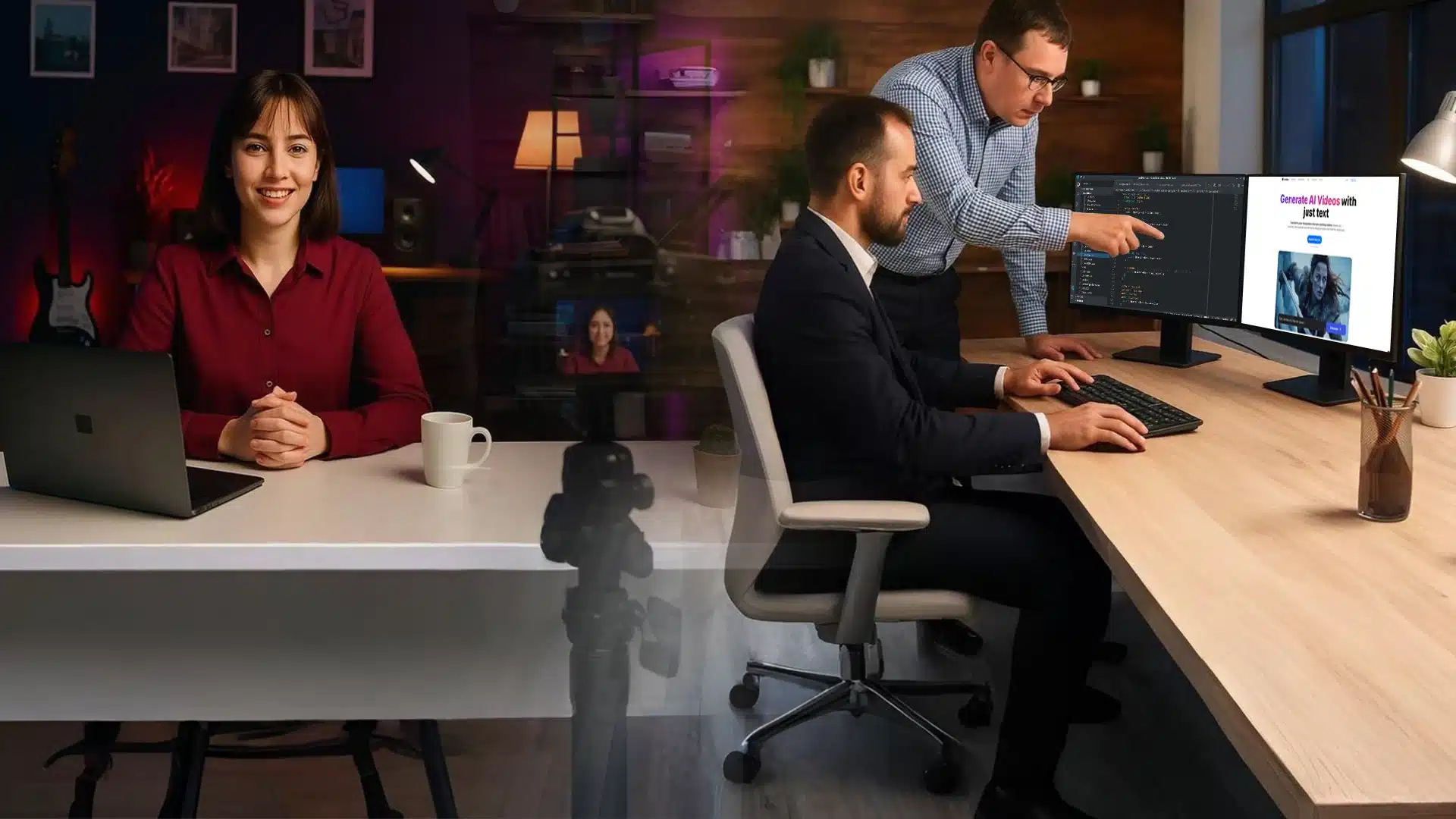
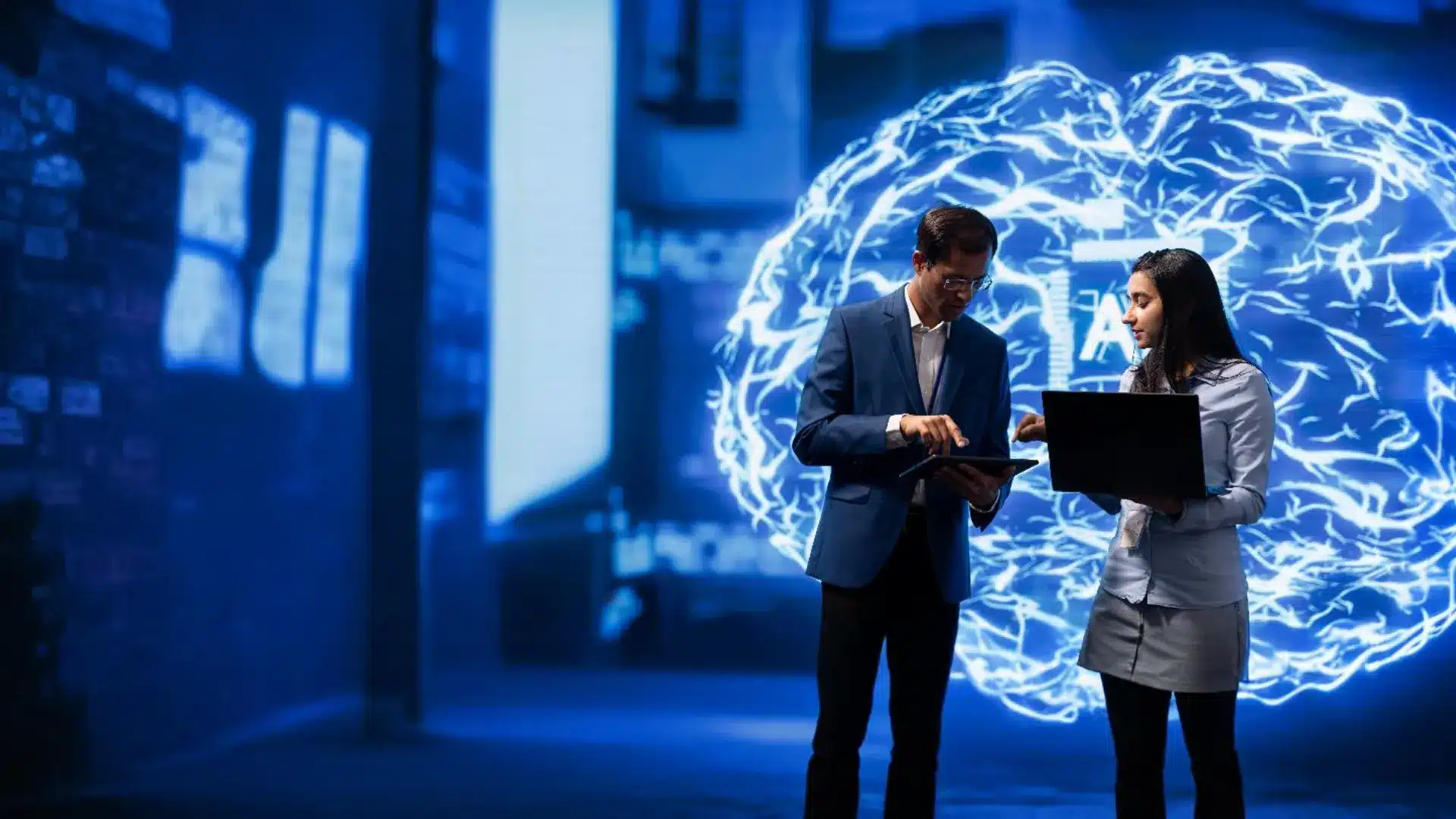
![How to Create an App like Careem? [Cost in 2025]](https://theninehertz.com/wp-content/uploads/2024/09/how-to-create-an-app-like-careem.webp)
